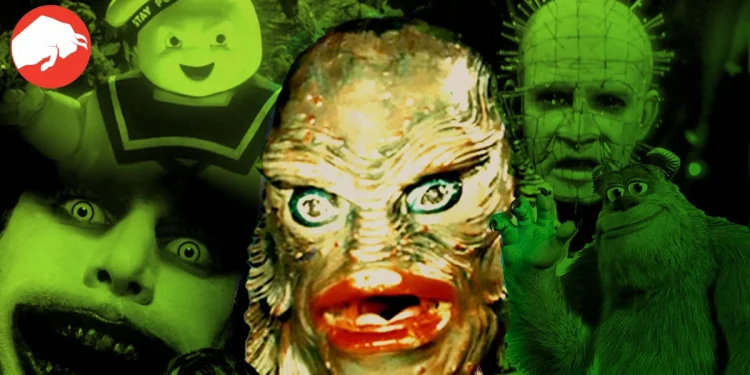The Tiny Terrors of Horror Cinema: A Closer Look at Mini Movie Monsters
In the world of horror cinema, where larger-than-life terrors reign supreme, there exists a sub-genre that proves size isn’t everything when it comes to inducing fear. From the slimy, sinister dolls to the bizarre, wet-looking creatures that have captivated audiences, this exploration delves into the peculiar world of tiny horror movie monsters. Spanning from the 1980s to the 2010s, we unearth 14 films that have made an indelible mark on the horror landscape, proving that sometimes the smallest things can be the most terrifying.
Ghoulies: The College-Bound Demons
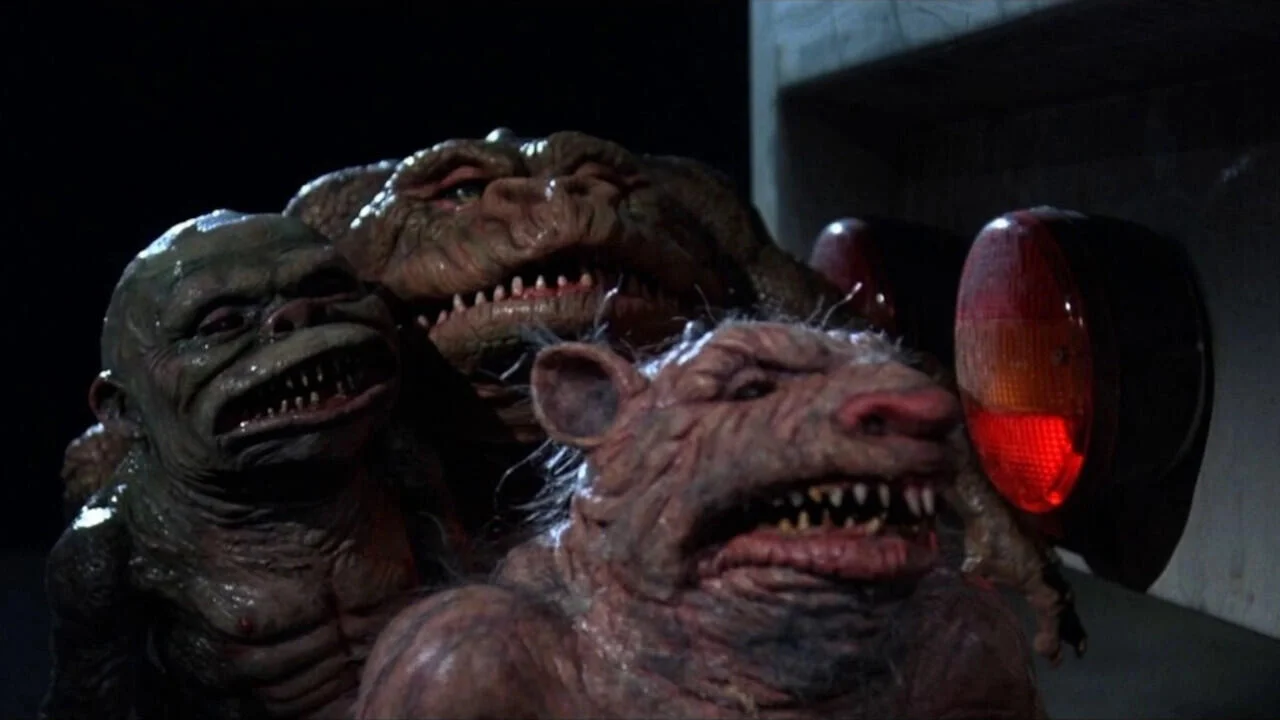
The 1984 cult classic “Ghoulies” stands out as a quintessential example of tiny terror. The film introduces us to Jonathan and his encounter with small, ancient demons that emerge from the unlikeliest of places. With a unique blend of horror and humor, “Ghoulies” sets the stage for a genre that revels in the absurdity of its creations, ending with the unlikely sight of the protagonist riding off with the creatures, a scene that embodies the film’s unconventional charm.
Munchies: A Quirky Take on Tiny Terrors
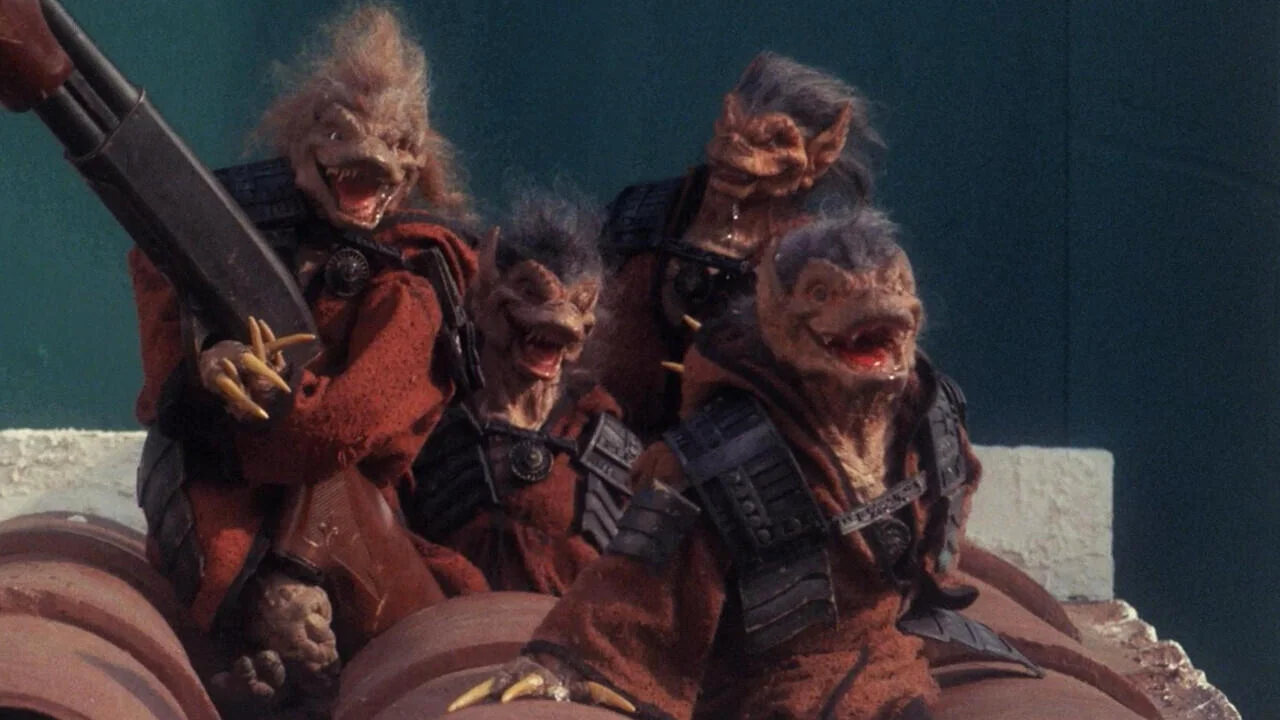
“Munchies” (1987) offers a satirical twist on the mini-monster theme, presenting a scenario where aliens multiply when divided. Despite its attempts to mimic the success of its predecessors, “Munchies” highlights the era’s fascination with small-scale scares, emphasizing the creative lengths filmmakers went to in crafting their pint-sized antagonists.
The Iconic Gremlins
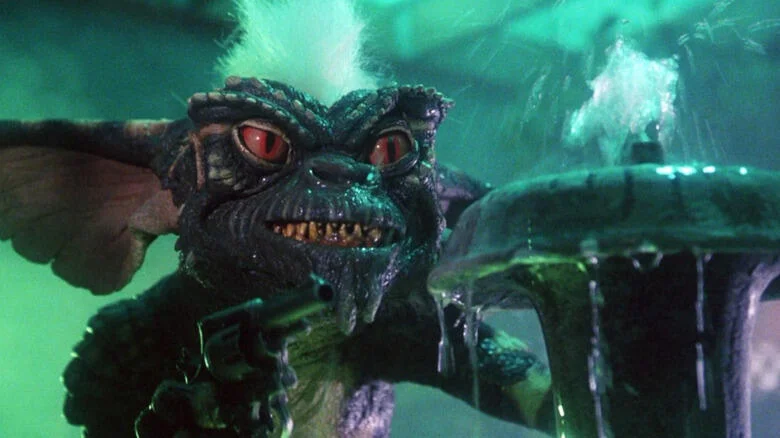
No discussion of tiny terrors would be complete without mentioning “Gremlins” (1984), a film that masterfully blends comedy, horror, and holiday spirit into a timeless tale. With Gizmo and the gremlins, the movie introduces rules that playfully engage the audience in the creatures’ mythology, making it a landmark film in the genre.
Leprechaun: The Gold-Loving Menace
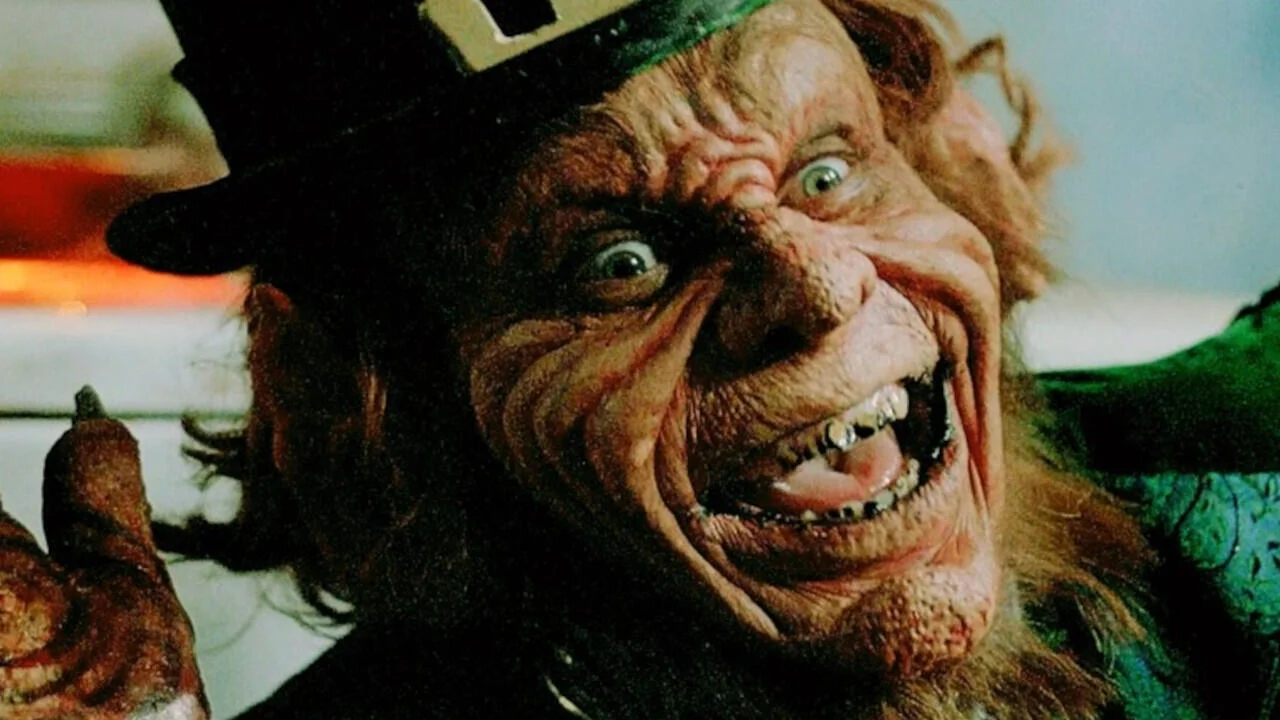
“Leprechaun” (1992) brings a mythical creature into the horror fold, showcasing Warwick Davis’s unforgettable performance. The film’s blend of horror and dark comedy, alongside Jennifer Aniston’s early role, showcases the genre’s ability to launch careers and entertain with tales of magical retribution.
Troll 2: The Cult Phenomenon
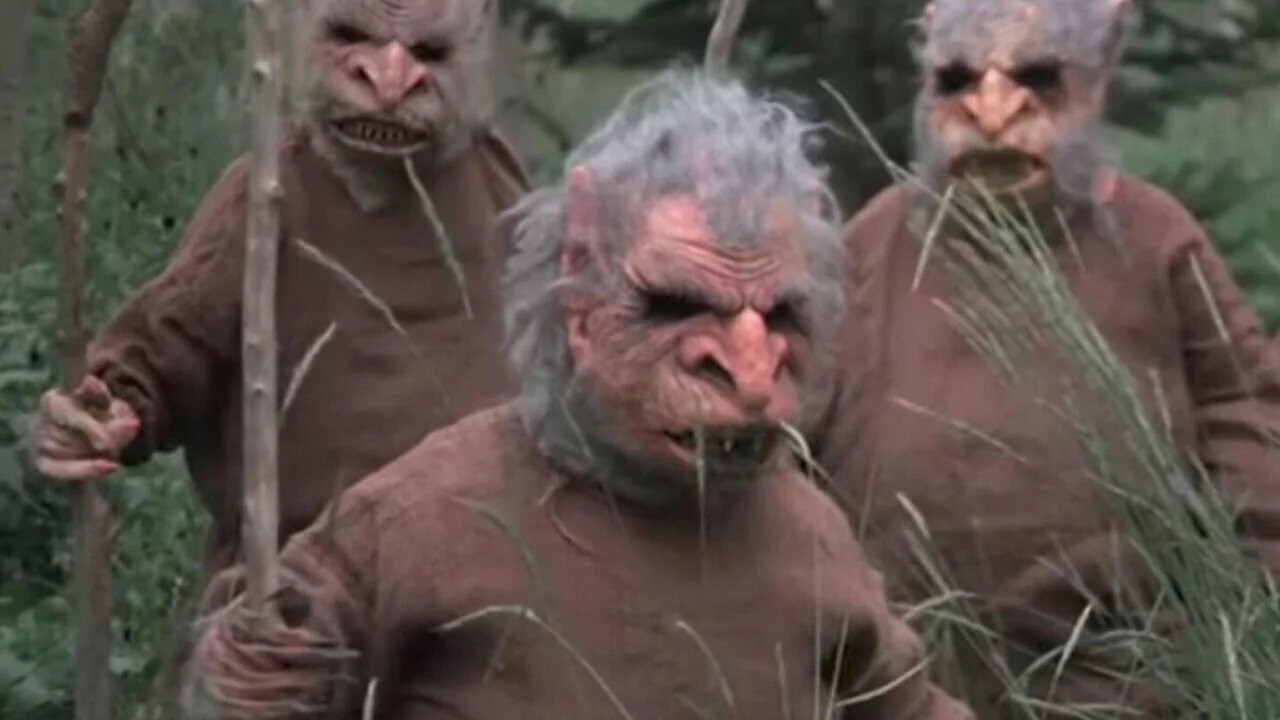
“Troll 2,” despite its name, focuses on goblins and has become infamous for its so-bad-it’s-good appeal. Its meme-worthy moments and bizarre plot have cemented its place in the annals of cult horror, demonstrating the genre’s capacity for unintended humor and enduring popularity.
Critters: The Furry Foes from Space
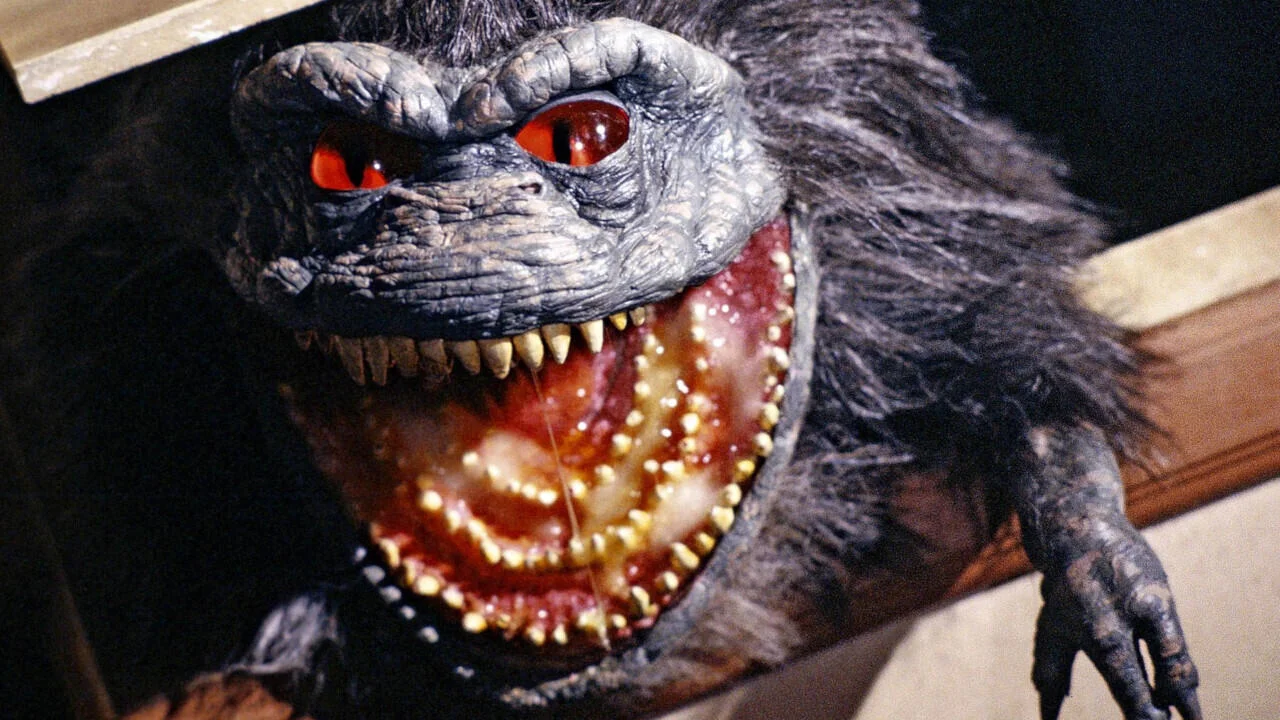
The “Critters” franchise exemplifies the longevity of tiny monster movies, with its space-faring critters (Crites) causing chaos on Earth. The series’ ability to evolve while maintaining its core appeal speaks to the enduring fascination with creatures that defy our expectations of terror.
The Gate: Demonic Dimensions
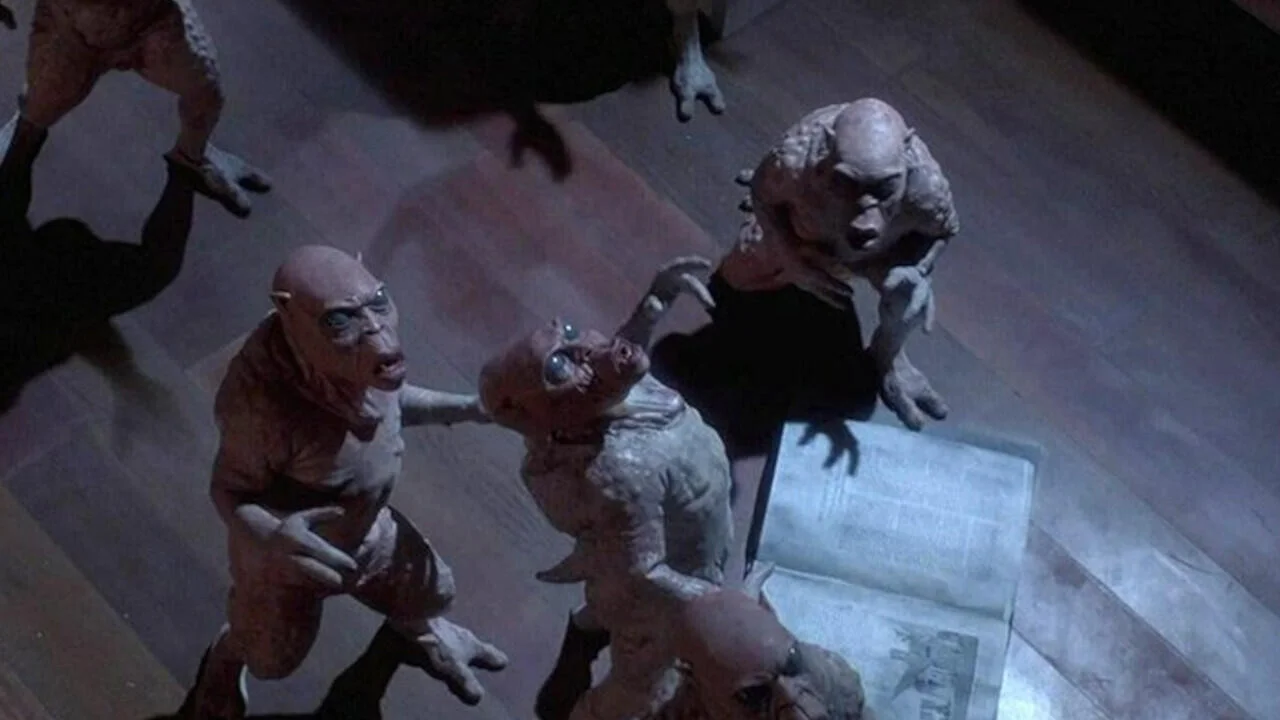
“The Gate” (1987) combines demonic themes with the allure of tiny monsters, presenting a narrative that taps into childhood fears and the allure of the unknown. Its success lies in its ability to blend supernatural elements with the inherent creepiness of its miniature antagonists.
Child’s Play: The Killer Doll
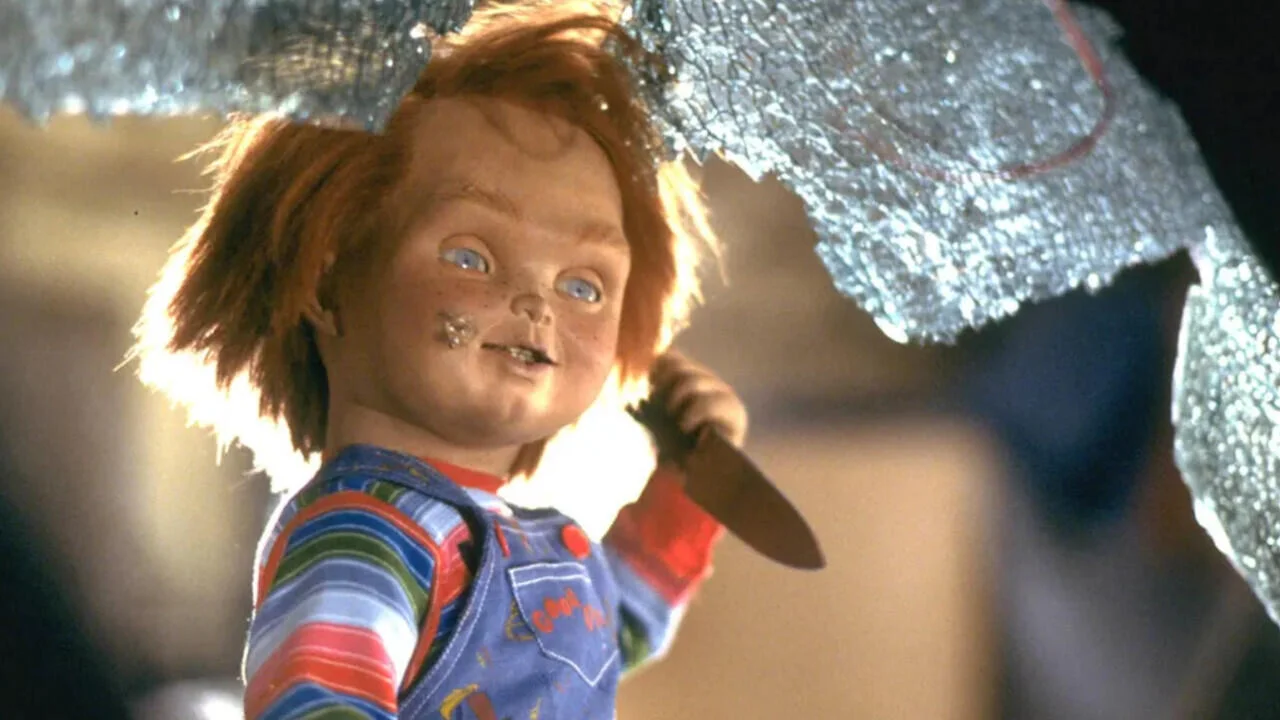
“Child’s Play” introduces Chucky, a doll possessed by a serial killer’s soul, blending slasher elements with the eerie concept of a living toy. Chucky’s transition from toy to terror highlights the psychological unease associated with dolls, a theme that resonates deeply within the horror genre.
The Dolls That Haunt: Annabelle and Beyond
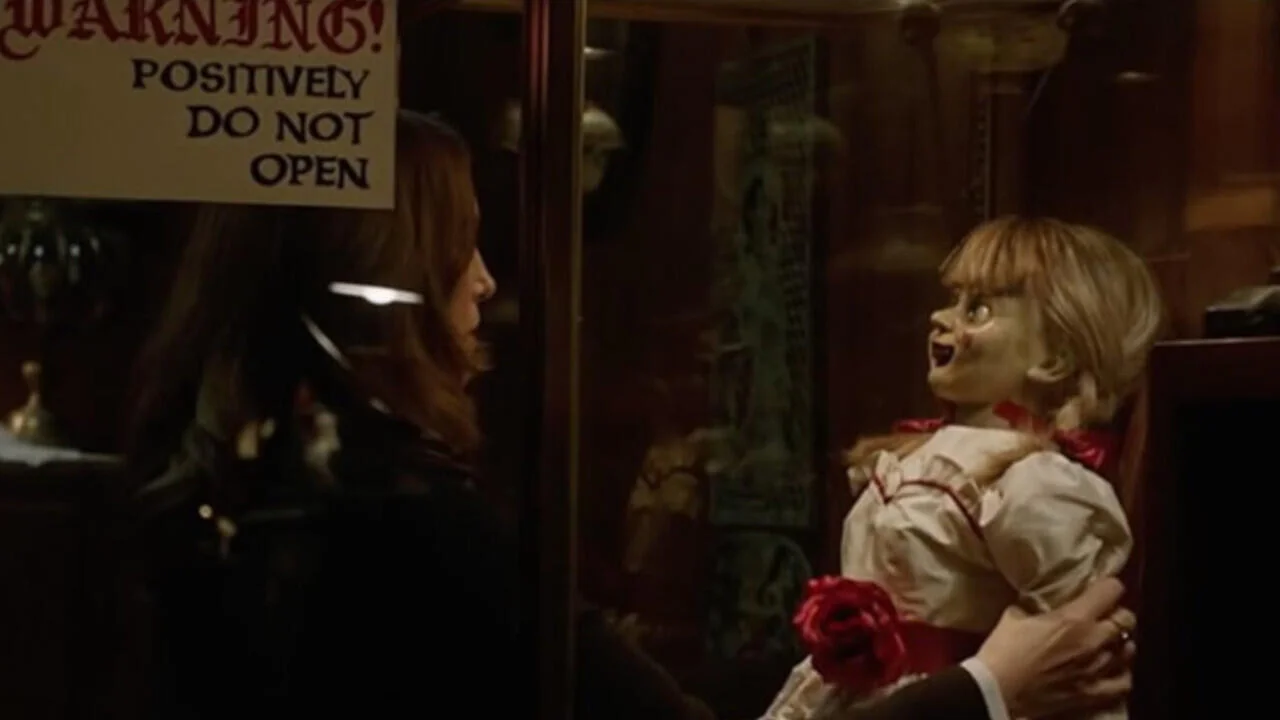
“Annabelle” (2014) revitalizes the scary doll trope within the modern Conjuring Cinematic Universe. Drawing on the real-life lore of a possessed doll, Annabelle’s story intertwines with the paranormal investigations of Ed and Lorraine Warren, offering a contemporary twist on a classic horror figure.
The Puppeteer’s Nightmare: Puppet Master
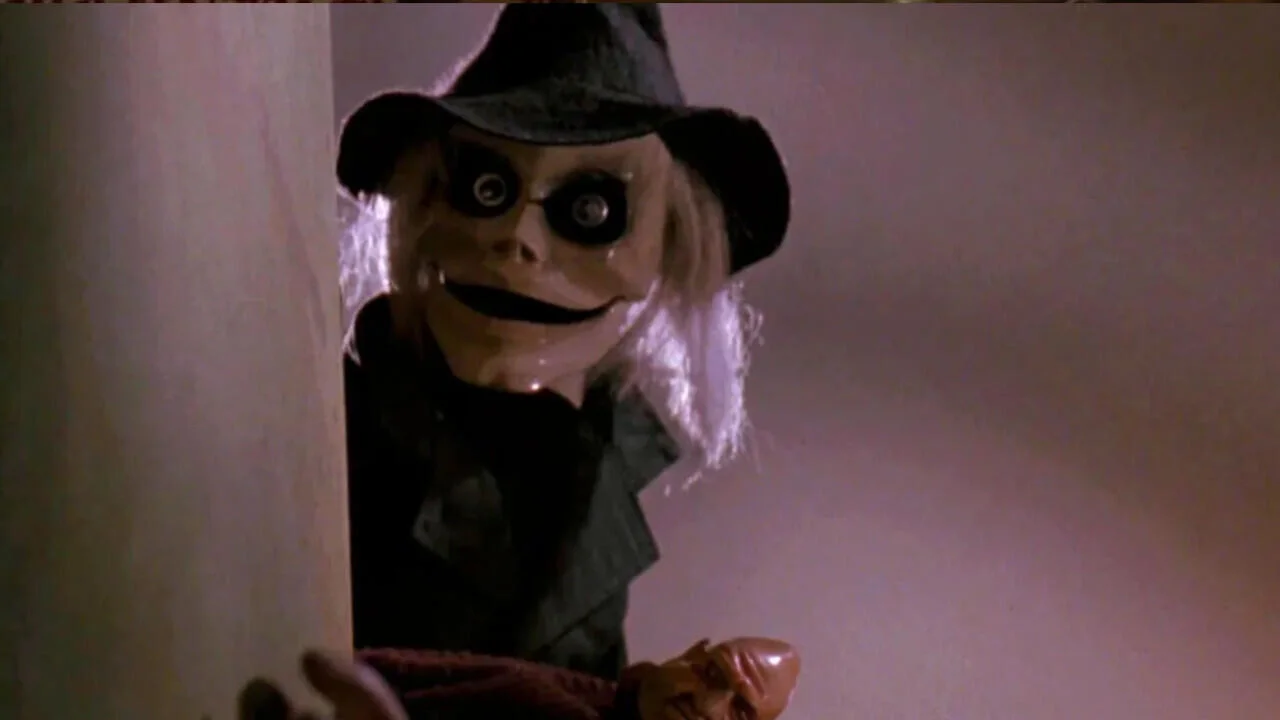
“Puppet Master” elevates the tiny monster genre with its array of sinister dolls, each with its own deadly persona. This franchise, alongside the earlier “Dolls” (1986), showcases the creative potential of miniature terrors, proving that horror can come in the smallest packages, with stories that resonate with audiences seeking thrills beyond the traditional big-screen monsters.
The Enigmatic Charm of “Dolls” (1986)
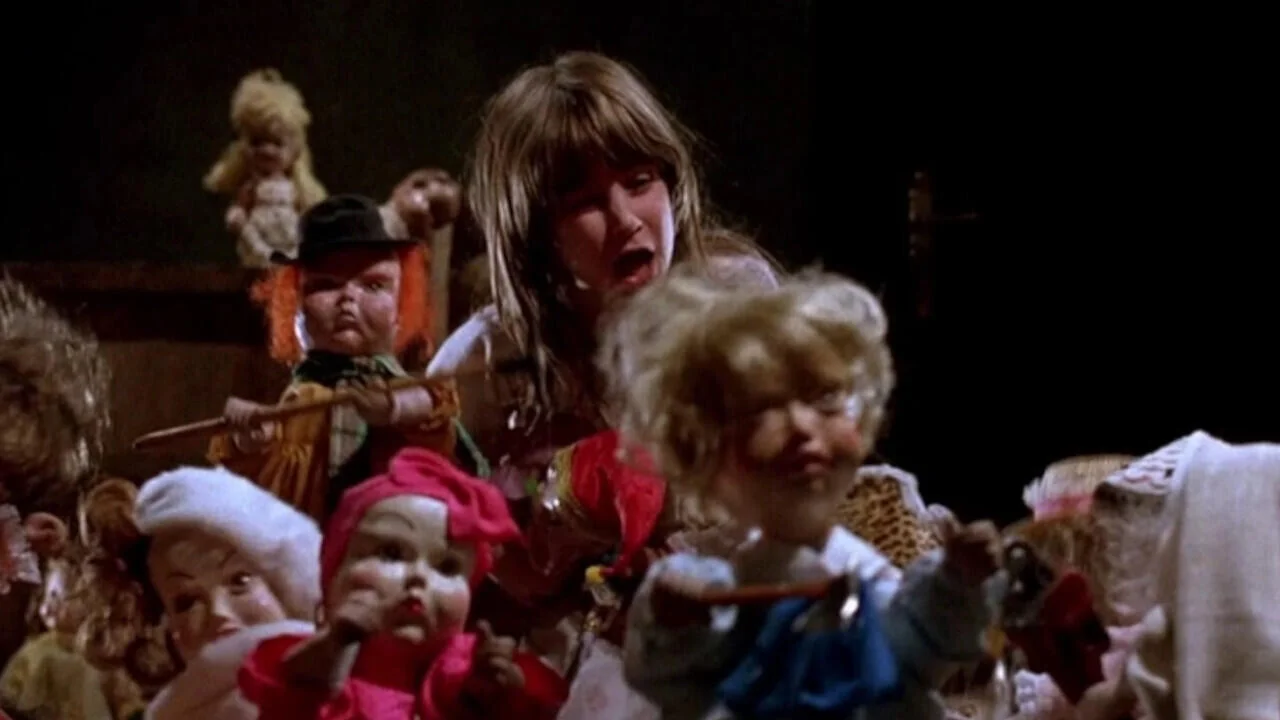
Before the era of Chucky and the Puppet Master, “Dolls” (1986) set a precedent for miniature terror with a story that intertwines innocence with malevolence. This cinematic piece tells a tale of a family seeking shelter in a mansion, only to discover it’s inhabited by a myriad of dolls with a sinister secret. As one of the characters attempts theft, they learn the hard way that these dolls are not mere playthings but vessels for punishment.
“Dolls stands out because it challenges viewers to empathize with its tiny monsters. The revelation that the dolls contain the souls of wrongdoers presents a moral quandary: rooting for the dolls means endorsing a twisted form of justice. This film cleverly blurs the line between victim and villain, engaging the audience in a complex narrative where retribution is meted out by the most unlikely of judges.
The Misdirection of “The Boy” (2016)
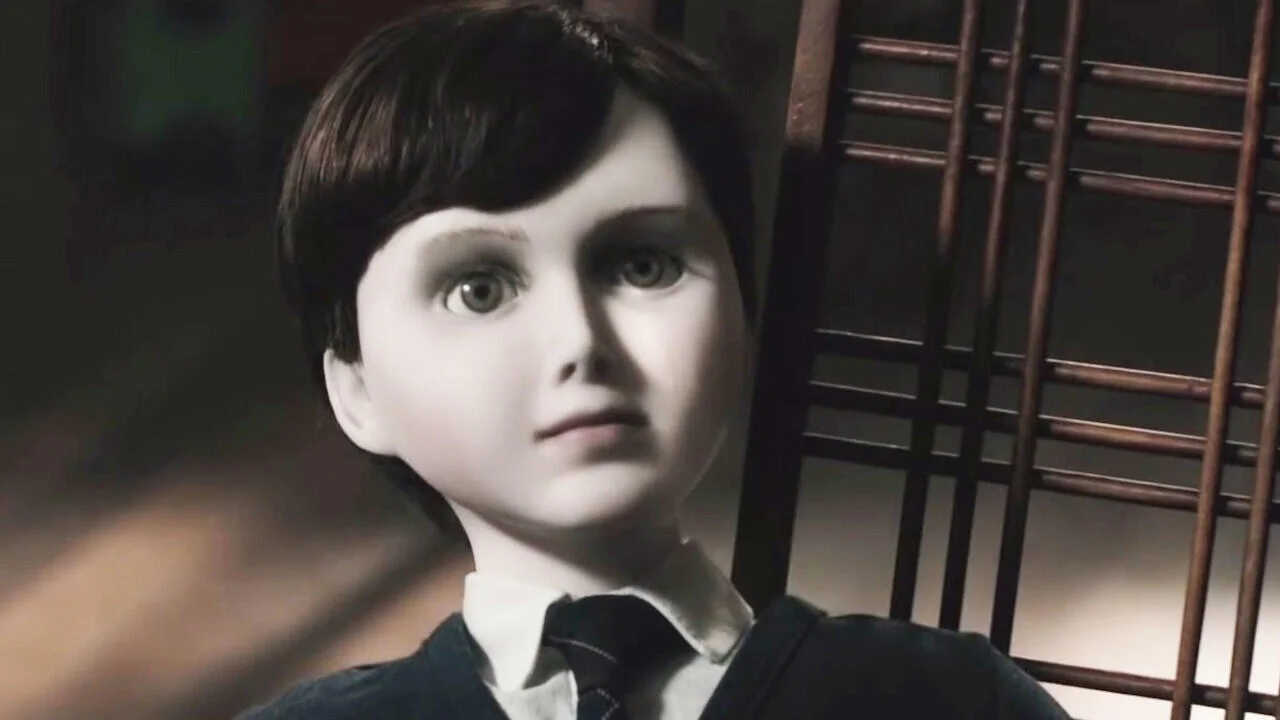
“The Boy” (2016) takes a different approach to the small-sized horror, initially presenting the doll Brahms as the central antagonist. The narrative builds around a nanny’s growing realization that her charge, a doll she must treat as a living child, may be the source of inexplicable disturbances. Yet, the film veers into unexpected territory, revealing the true source of chaos to be not the doll but a concealed human living within the walls. This twist not only subverts expectations but also comments on the real horrors that often hide in plain sight, masked by the seemingly innocuous.
“Ernest Scared Stupid” (1991): A Gooey Encounter
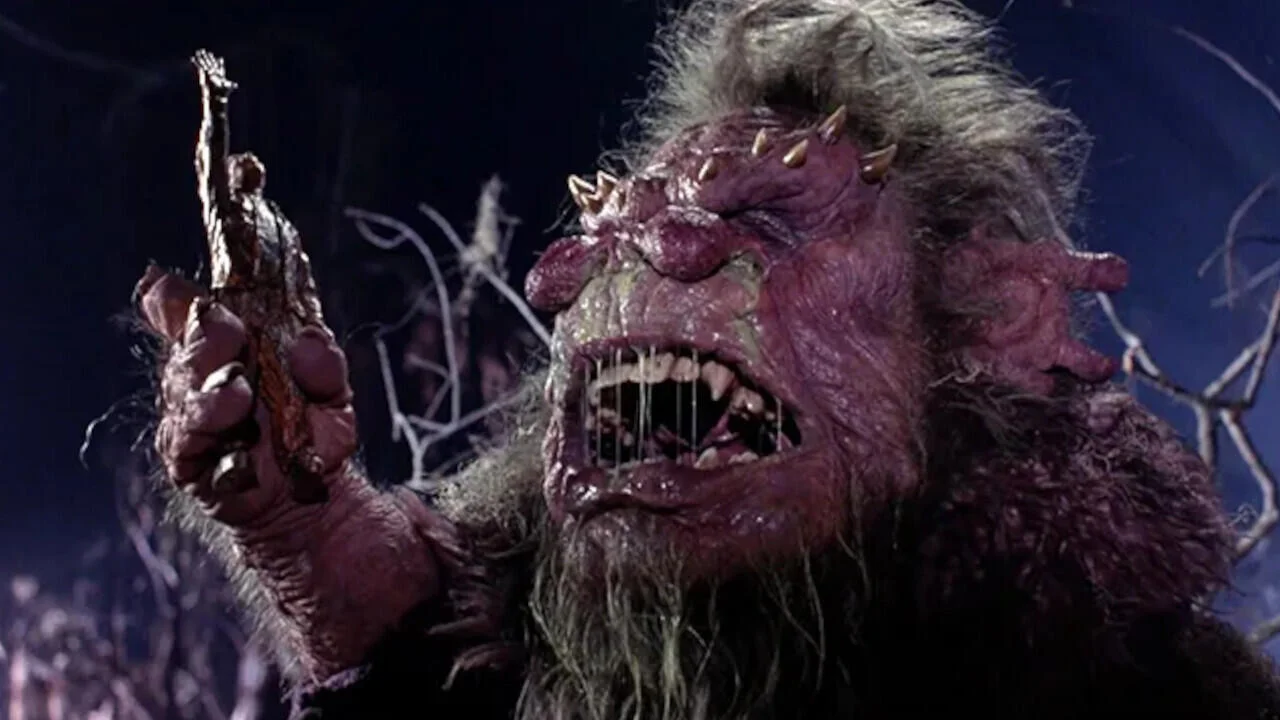
Among the more unconventional entries in the genre is “Ernest Scared Stupid” (1991), a film that straddles the line between horror and comedy. Despite its billing as a children’s movie, it features a group of mucus-drenched trolls turning children into wooden dolls. The film’s resolution, where love and affection emerge as the ultimate weapons against the trolls, offers a heartwarming departure from traditional horror tactics. This movie demonstrates that horror can serve as a backdrop for a variety of themes, including the power of kindness and the importance of facing fears with a light heart.
The Bizarre World of “Basket Case” (1982)
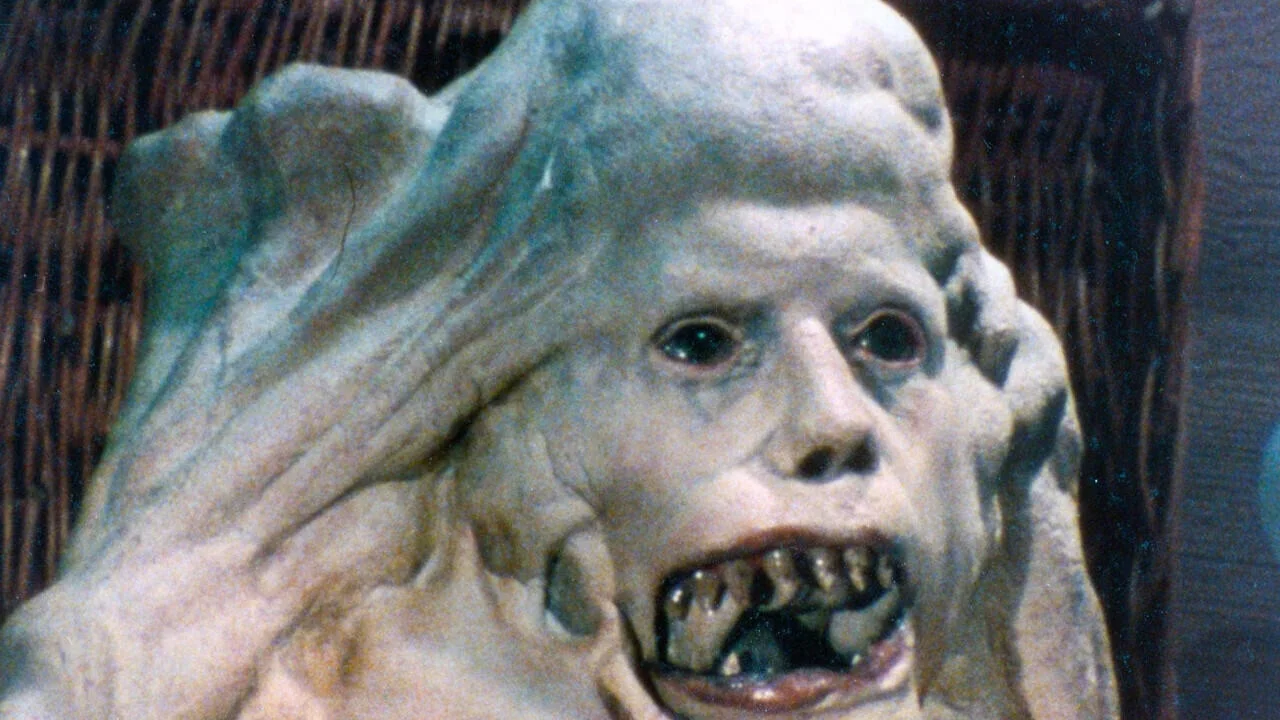
“Basket Case” (1982) introduces one of the most peculiar mini monsters in horror history—a vengeful, deformed twin residing within a wicker basket. This narrative explores themes of sibling bond, revenge, and the consequences of societal rejection. The film’s effectiveness lies in its ability to evoke empathy for its monster, challenging viewers to look beyond the surface and consider the pain that fuels its rage. “Basket Case” remains a cult classic, revered not just for its horror elements but for its poignant commentary on human nature.
Rethinking Horror: The Smaller Side of Scare
As we journey through the landscape of tiny horror movie monsters, it’s clear that these films offer a unique lens through which to experience fear and fascination. From the comedic to the creepy, the tiny terrors of the silver screen remind us that horror doesn’t always have to tower over us to leave a lasting impact. They may be small, but their place in the hearts of horror fans is anything but.


